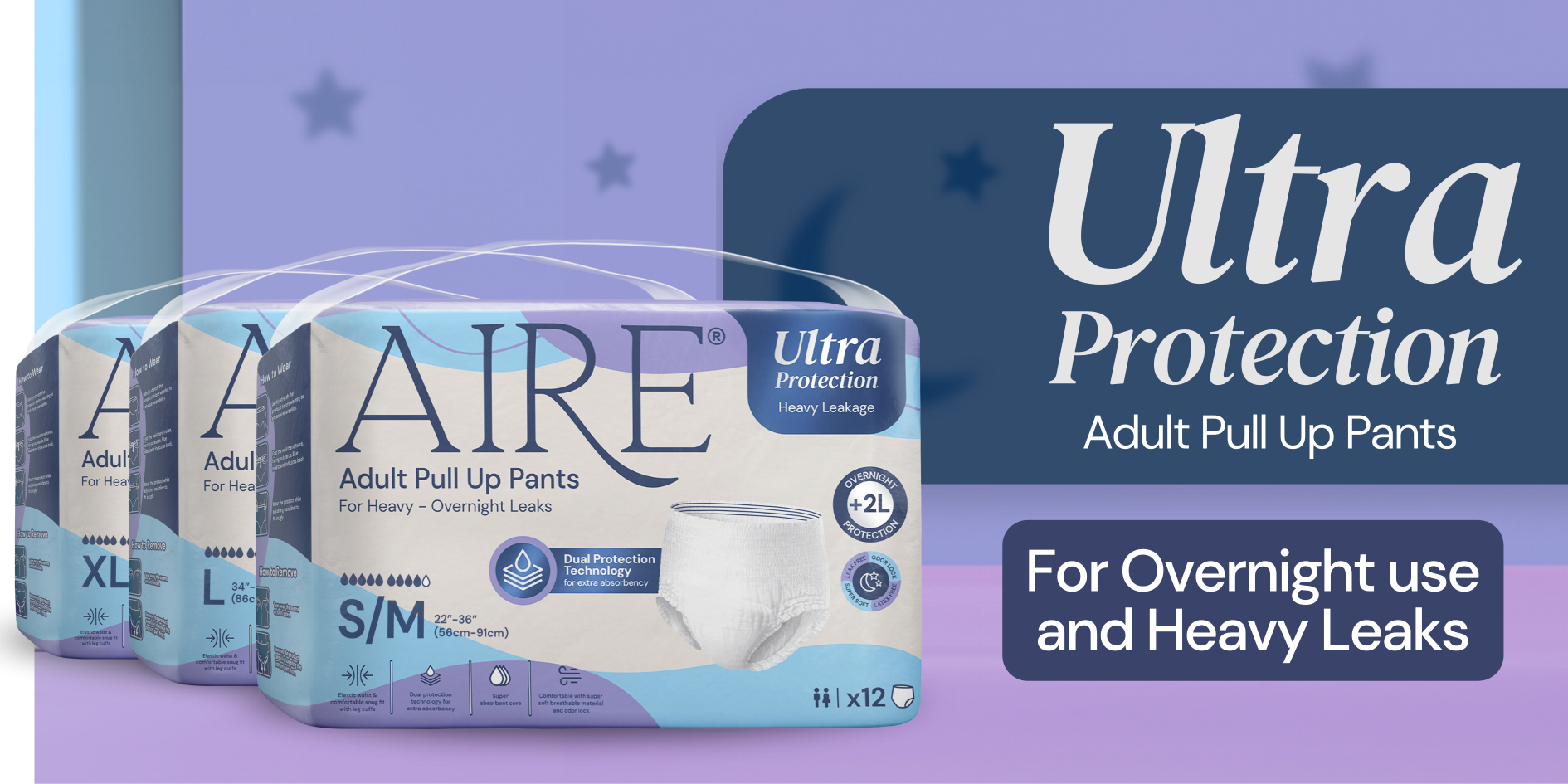When it comes to the anatomy of the urinary system of men and women, most people know that both are quite similar, consisting of the kidneys, bladder and urethra. However, there are some key anatomical differences that influence how urinary incontinence manifests and how each gender can manage it. In this article, we will be diving into the differences in gender-specific incontinence products, placing an emphasis on men’s products and what factors could influence urine leaks in men.
Urethra Length and Position
The urethra, the tube through which urine exits the body, is significantly different in length between the sexes. In women, the urethra is about 1.5 to 2 inches long, while in men, it averages around 8 inches. This disparity plays a crucial role in incontinence. The shorter urethra in women means that there is less distance for urine to travel, which can contribute to a higher incidence of stress incontinence, where physical activity or pressure on the abdomen (like coughing or sneezing) causes urine leakage.
Men, on the other hand, have a longer urethra, which is intertwined with the prostate. This structure provides more resistance against leakage, but it also makes men more susceptible to other forms of incontinence, particularly due to prostate issues.
Prostate Gland
The prostate gland, exclusive to men, encircles the urethra just below the bladder. This small but vital organ can be a significant contributor to incontinence issues, especially as men age. Conditions such as benign prostatic hyperplasia (BPH), prostate cancer, or prostatitis (inflammation of the prostate) can lead to urinary incontinence. BPH, a non-cancerous enlargement of the prostate, is especially common among older men. As the prostate enlarges, it can constrict the urethra, making it difficult for urine to pass freely and potentially leading to overflow incontinence, where the bladder doesn't empty completely, resulting in frequent dribbling.
Prostate problems are a leading cause of incontinence in men. The prostate gland’s position around the urethra means that any swelling, inflammation, or growth can directly impact a man’s ability to control urination.
Benign Prostatic Hyperplasia (BPH)
BPH is extremely common in men over 50, with some estimates suggesting that up to 90% of men over 80 have some symptoms of BPH. As the prostate enlarges with age, it puts pressure on the urethra, leading to symptoms like weak urine flow, difficulty starting urination, and the need to urinate frequently, especially at night. These symptoms can contribute to overflow incontinence.
Prostate Cancer
Prostate cancer, one of the most common types of cancer in men, can also lead to incontinence. Treatments for prostate cancer, such as surgery, radiation, and hormone therapy, can damage the nerves and muscles that control bladder function, leading to stress incontinence. Radical prostatectomy, a surgery to remove the prostate, often results in some degree of incontinence due to damage to the sphincter muscles that help control urine flow.
Prostatitis
Prostatitis, or inflammation of the prostate, can cause a variety of urinary symptoms, including pain, difficulty in urinating, and frequent urination. In some cases, this condition can lead to temporary incontinence due to irritation and inflammation around the bladder and urethra.
Given these prostate-related issues, it is clear that men face unique challenges when it comes to managing incontinence, and these must be taken into account when designing effective incontinence products.
Given the anatomical and physiological differences between men and women, as well as the specific challenges posed by prostate-related conditions, the design of incontinence products for men must be tailored to meet their needs. One critical feature in male incontinence products is the provision of extra-wide protection.
Wider Coverage in the Front and Rear
Men’s incontinence products need to account for the fact that the urethra and prostate are located in different areas compared to women. Men typically require more absorbency in the front of the product, as this is where urine will first collect. However, incontinence issues related to prostate problems or other conditions can also cause leakage towards the rear. As a result, an incontinence product with a wider core that extends both to the front and rear is essential for comprehensive protection.
Enhanced Absorbency for Heavy Leaks
Men with severe incontinence or those dealing with overflow incontinence due to BPH or other prostate issues may experience significant urine leakage. Products with an extra-wide core can hold more liquid and distribute it more evenly across the pad or brief, reducing the risk of overflow and keeping the skin dry. This is crucial not only for comfort but also for preventing skin irritation and infections that can result from prolonged exposure to moisture.
Contoured Fit for Comfort and Discretion
A well-designed incontinence product for men should also offer a contoured fit that adapts to the male anatomy. This not only ensures better protection but also enhances comfort and discretion. Products that are too bulky or ill-fitting can be uncomfortable and may not provide the necessary coverage, leading to embarrassing leaks and reduced confidence.
Odor Control and Skin Health
Incontinence products with wider protection areas also often come equipped with advanced features like odor control and breathable materials that help maintain skin health. Since men might wear these products for extended periods, particularly at night or during long workdays, these additional features are important to prevent rashes, irritation, and unpleasant odors.
Conclusion
Urinary incontinence is a complex issue influenced by many factors, including anatomy and age-related changes and both men and women face unique challenges based on their anatomical differences. IWhile all incontinence products may seem unisex, it is important to note that the design of incontinence products suitable for men must be tailored to their specific needs, with features like extra-wide protection in the front and rear such that all Aire products have, along with enhanced absorbency, and a contoured fit that provides both comfort and discretion - which is why Aire Adult Pull Up Pants are loved by men and women both - across Singapore!.
References
- Sex differences in lower urinary tract biology and physiology. NCBI https://www.ncbi.nlm.nih.gov/pmc/articles/PMC6196569/
- Can prostate problems cause incontinence? TENA Men https://www.tena.co.uk/men/learn-about-incontinence/incontinence-and-health/prostate-problems-incontinence
- Prostate Problems. Continence Foundation of Australia https://www.continence.org.au/incontinence/who-it-affects/men/prostate
- Male Incontinence Products. Bladder & Bowel Community https://www.bladderandbowel.org/bladder/bladder-incontinence-products/male-incontinence-products/



 Whatsapp us!
Whatsapp us!